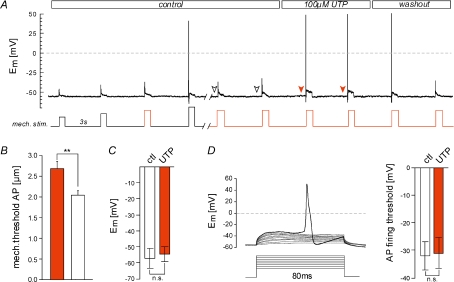Figure 4. UTP reduces mechanical thresholds for action potentials.
A, mechanical thresholds for action potentials under control conditions were determined by applying increasing mechanical stimuli (left side/before break). Thresholds in the presence of UTP were determined by applying series of decreasing subthreshold mechanical stimuli (threshold-1, -2 steps etc.; highlighted in red). UTP was present as indicated. B, comparison of mean mechanical AP thresholds determined as described in A, under control conditions (white bar) with those in the presence of UTP (n= 7, **P < 0.01, Students paired t test). C, bars show the mean resting membrane potentials measured before each mechanical stimulus under control conditions (white arrowheads, A) and in the presence of UTP (red arrowheads, A). D, inset shows the stimulation protocol used to determine electrical AP thresholds. Brief current injections of increasing amplitude (starting from 30 pA in increments of 20 pA) were applied. Mean membrane potentials measured 5–1 ms before the AP were considered as the AP threshold. Results are summarised in the bar graph.

